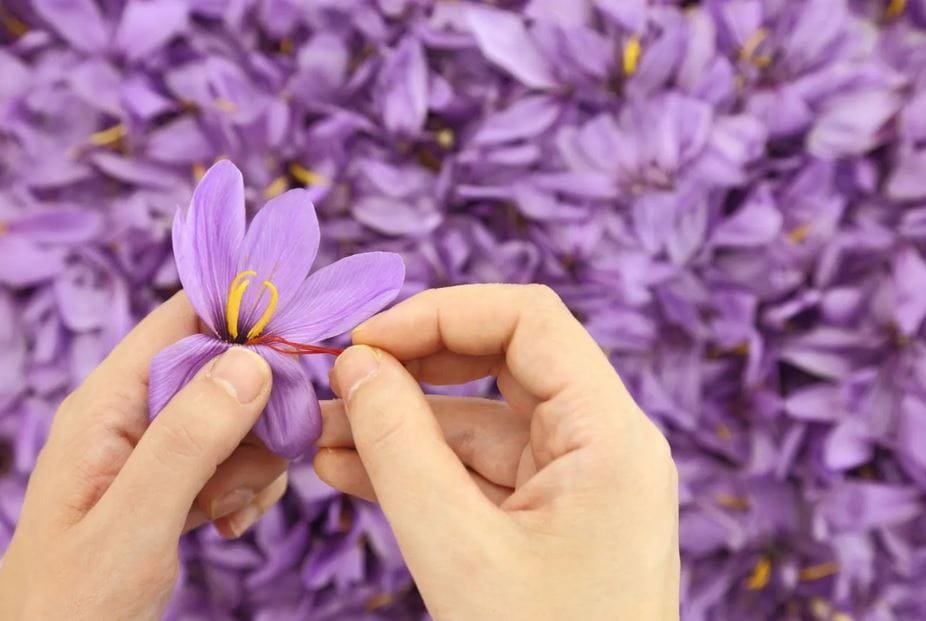 Iranian saffron in global markets
Iranian saffron in global markets
Iranian saffron in global markets: The CEO of the Central Organization for Rural Cooperatives announced that the organization will initiate saffron trading in the Iranian Commodity Exchange. This move aims to benefit producers and boost the export potential of Iranian saffron. Furthermore, this development is expected to streamline the saffron trading process and improve its global standing.
According to the Ministry of Agriculture, Ali Oust Hashemi stated that saffron trading will begin with 400 kilograms once the necessary mechanisms are ready. He emphasized that Iran currently produces 85% of the world’s saffron, and with such high production levels, it is Iran’s right to establish the global saffron exchange and determine the global base price for this product. As a result, this initiative is seen as an important step toward solidifying Iran’s position in the global market.
Types of Saffron Available for Sale
Hashemi outlined the types of saffron that will be available, including:
- 100 kg of premium cut saffron threads (Negin)
- 100 kg of premium cut saffron threads (semi-Negin or Sargol)
- 100 kg of first-class saffron threads (High-quality Pushal)
- 100 kg of second-class saffron threads (Standard Pushal)
Moreover, he mentioned that the prices for different saffron types and the exact timing of the trade will be announced soon. This transparency will help producers and traders prepare for the upcoming market shifts.
The Significance of Saffron Trade in Commodity Exchanges
Hashemi highlighted that saffron trading in the commodity exchange will open new opportunities for export markets, benefit producers, and eliminate the role of middlemen in the saffron industry. By directly controlling prices through this mechanism, Iranian producers can stabilize the saffron market. Consequently, this move will lead to more equitable trade and a stronger global presence for Iranian saffron.
Additionally, this method will secure the future of Iran’s saffron market globally. If necessary, the country can halt saffron exports to ensure that Iranian producers set the global saffron price, rather than those driven by self-interest. Therefore, Iran can reclaim control over its valuable saffron industry.
Iranian saffron in global markets
Hashemi also discussed the positive impacts of cooperative saffron buying schemes that support Iranian farmers and saffron growers. These saffrons are stored under optimal conditions to meet the highest quality standards and represent the superior Iranian saffron brand globally. As a result, Iranian saffron will continue to be recognized for its premium quality in international markets.
At the conclusion of his remarks, Hashemi recognized the crucial role saffron producers play in shaping Iran’s position in the global market. Producers who prioritize quality and hygiene standards will develop a modern production model and earn the trust of global consumers. This, in turn, will ensure long-term success and recognition for Iran’s saffron industry.
By aligning quality with international standards, Iranian saffron has the potential to dominate the global market, ensuring sustainable success for both producers and consumers alike. Therefore, continued commitment to quality and innovation will guarantee that Iran remains the leading saffron producer worldwide.
Iranian saffron in global markets :Saffron as a Premium Global Product
Ultimately, sustainable production of high-quality saffron will enhance global recognition of Iranian saffron. Its cultivation and export reflect the dedication and standards of the Iranian farmers behind it. Moreover, this recognition will help position Iranian saffron as a premium product in international markets, ensuring its success for years to come.
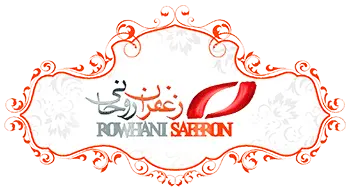
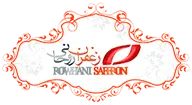
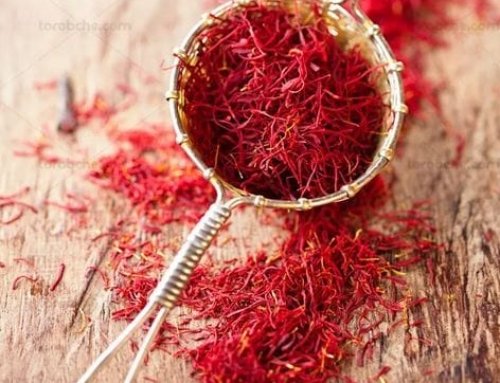
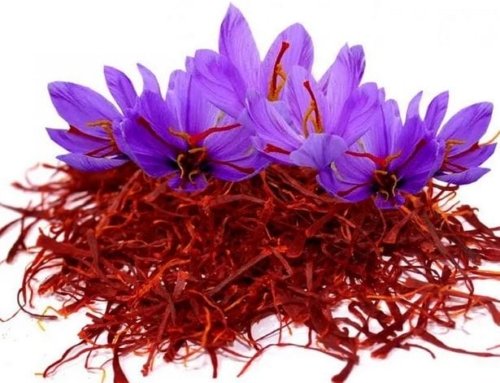
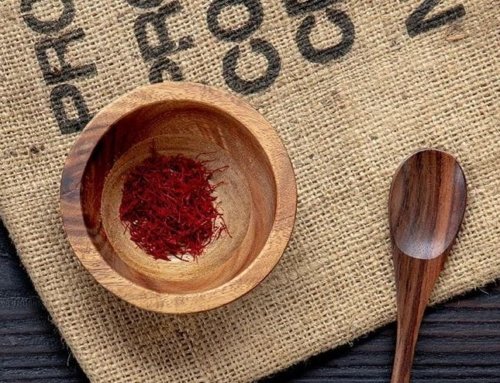
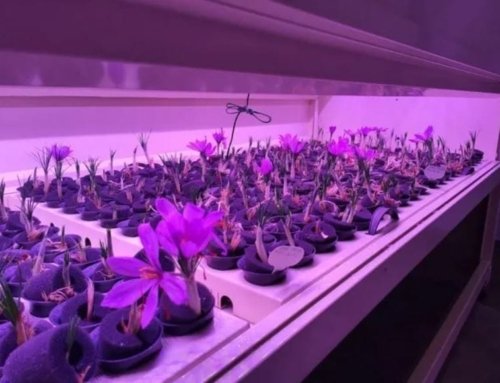
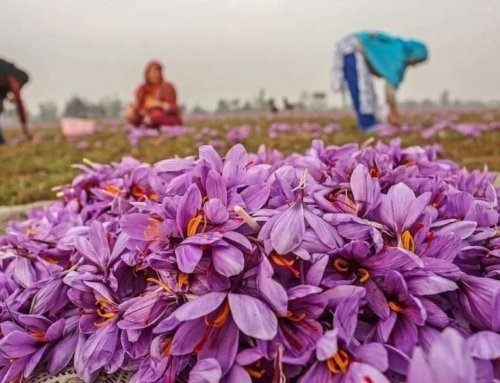
Get Social